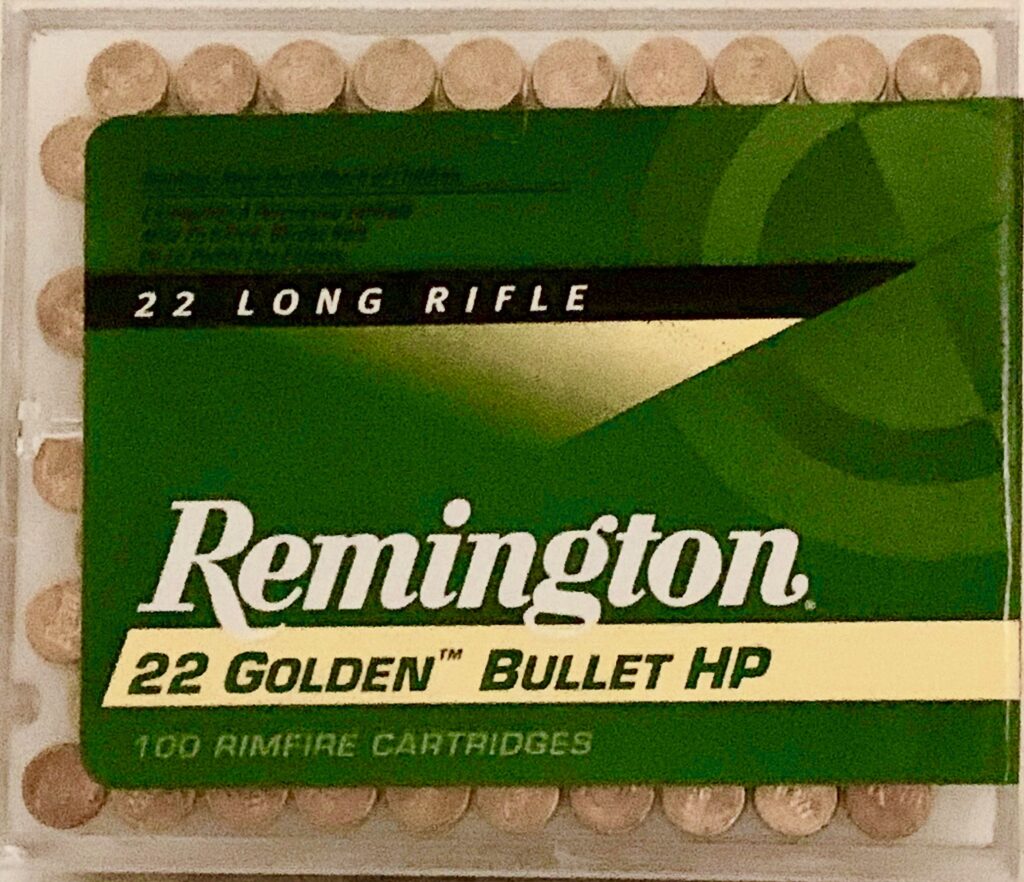
Well, that would limit most hunting rifles to between 150 and 400-yards. I mentioned that a bullet may not perform well under 2,000 fps.

Since we’re talking about max distances, I’d like to clarify something here. Long-Range Bullets vs Standard Hunting Bullets, it matters You may be able to use a heavier bullet and achieve more energy or a longer range with more velocity. However, hunters who choose to use gear that does not meet this standard are often forced to either make an unethical shot or to pass up shot opportunities when the elk isn’t turned the right way.Īlso, remember that the data in the table above is using averages of multiple loads per cartridge. Shot placement, bullet construction, and animal individuality will all dramatically impact the effectiveness of the bullet.įor example, having 1,500 ft-lbs of energy to kill a bull elk is a decent barometer, but elk have also been killed with far less energy when excellent shot placement and good bullet construction are in play. Cartridgeĭistance (yds) Bullet Drops Under 1,900 FPSĮvery effective range calculation will, by its nature, be only a broad approximation. We analyzed 6 different loads for each cartridge (the proper way to read that sentence is “Jim sat at a computer for WEEKS putting data into very complicated Excel sheets) to come out with an average of what several common loads for each cartridge will accomplish. The data in the following table contains averages for each cartridge. It doesn’t fit neatly into these standards, but obviously is very lethal from short range. 300 Blackout on are marked as N/A for all three standards because it uses very heavy, very soft bullets which travel very slow. You may note some specialty bullets such as the. Why Some Boxes On The Chart Are Marked “N/A” – This means that the bullet does not meet this standard at any distance.Max Travel Distance – This is the distance, in yards, at which a bullet will impact the ground when fired in the air at a perfect angle to maximize distance.The number on the chart below is the distance in yards at which this standard is no longer met. Distance Bullet Carries Less Than 1,500 ft-lbs of Energy – This standard is used for elk-sized game such as kudu, moose, a waterbuck, a young eland, etc.For law enforcement, a human target is approximately the same size as a deer. Distance Bullet Carries Less Than 1,000 ft-lbs of Energy – The 1k ft-lbs number is widely considered the amount of energy needed to immediately and ethically kill a deer-sized animal.If the bullet expands, it is not very effective at causing damage and can result in an injured animal rather than effectively killing it. When a bullet slows down under approximately 1,900 FPS, bullets can enter a target and never expand. Distance Bullet Drops Under 1,900 FPS – As a bullet travels, it slows down.For this experiment, we’ll look at three common ways to determine effectiveness. The effective range of a bullet can be measured in different ways because it depends on what the bullet needs to be “effective” at doing. In addition to expanding reliably, a bullet must carry sufficient energy to take down the animal. This is usually about 1,900fps with most bullet designs. In general, a bullet’s maximum effective range is the distance at which it no longer travels fast enough to reliably expand when it hits a target. In this post, we’ll look in-depth into that question.

If you hunt and want to shoot at a longer range, you may be wondering what the effective range of a rifle cartridge is.


 0 kommentar(er)
0 kommentar(er)
